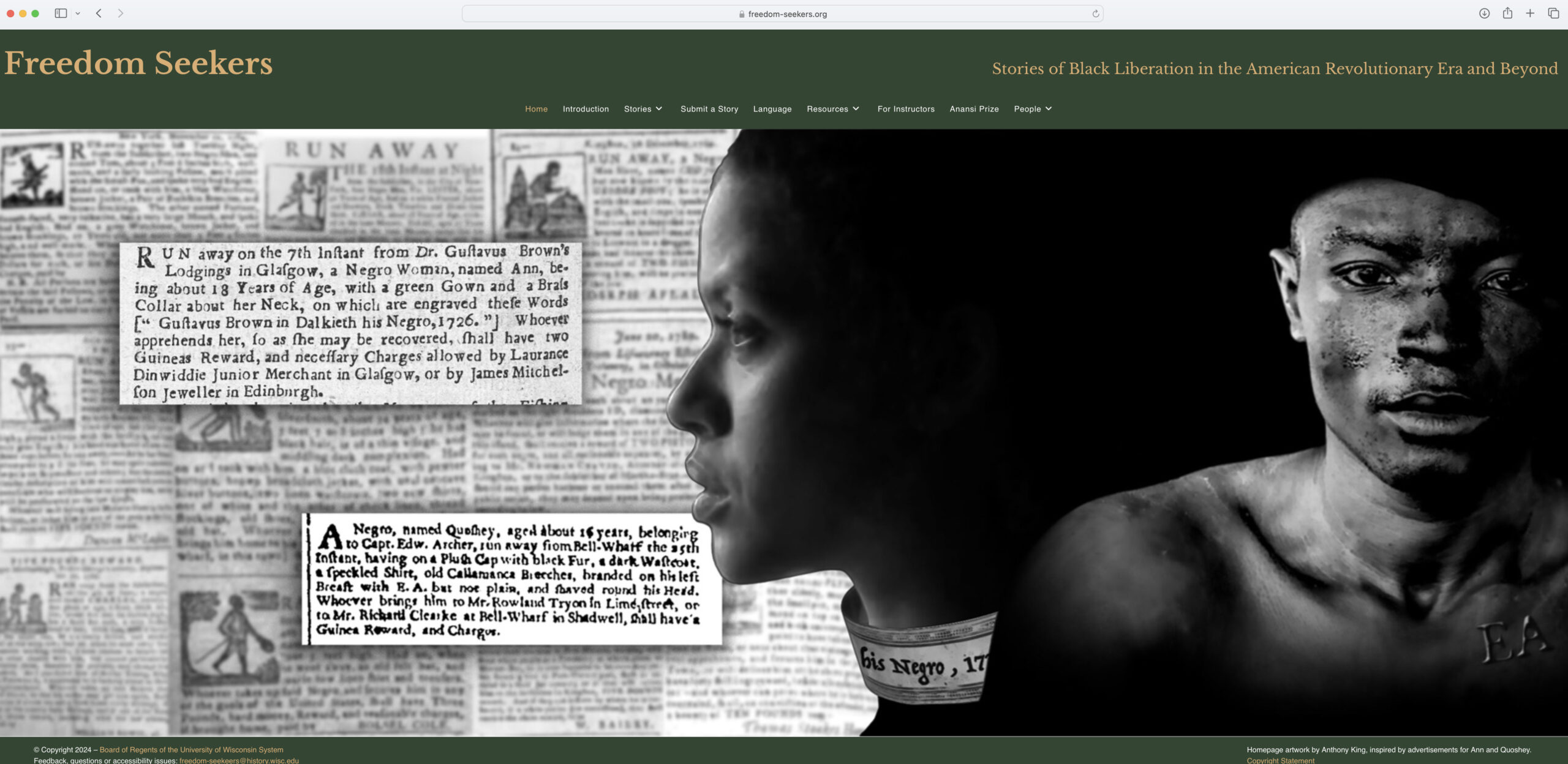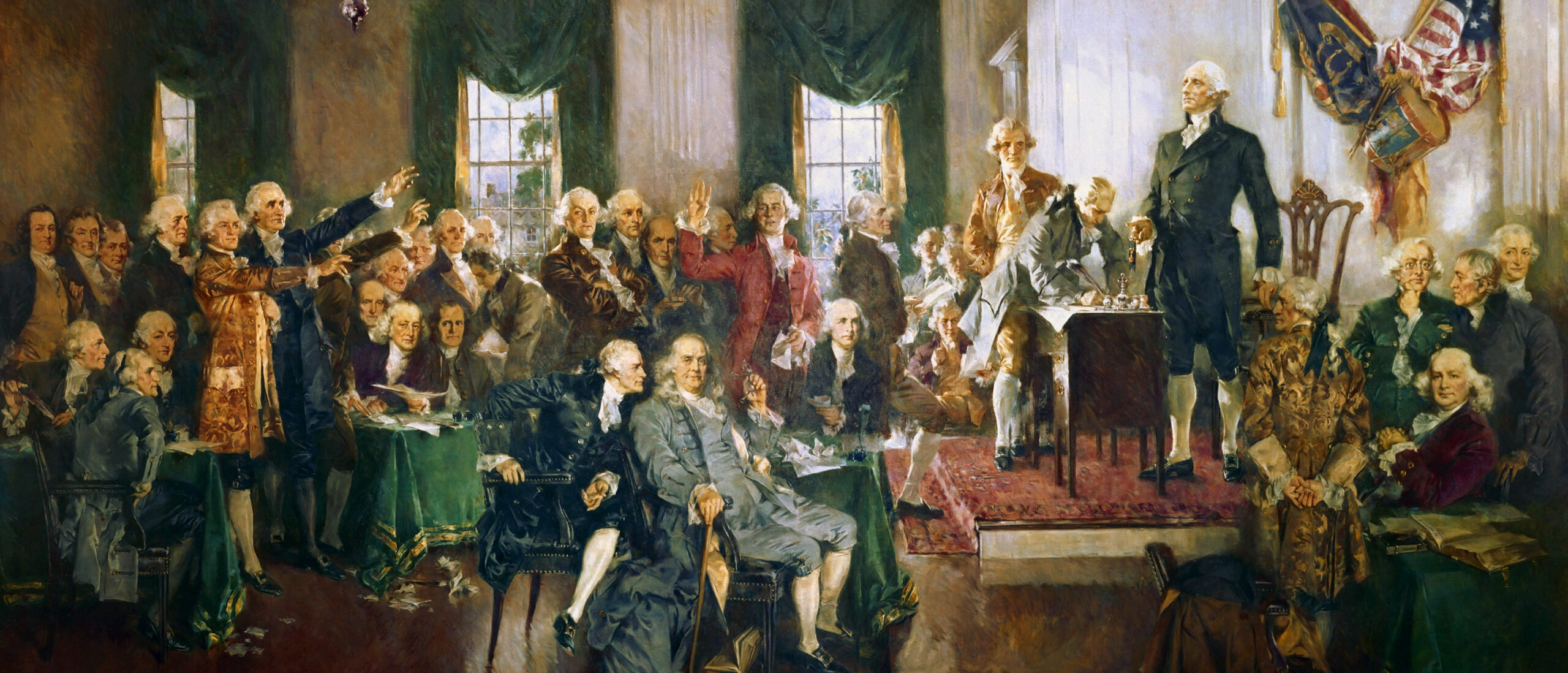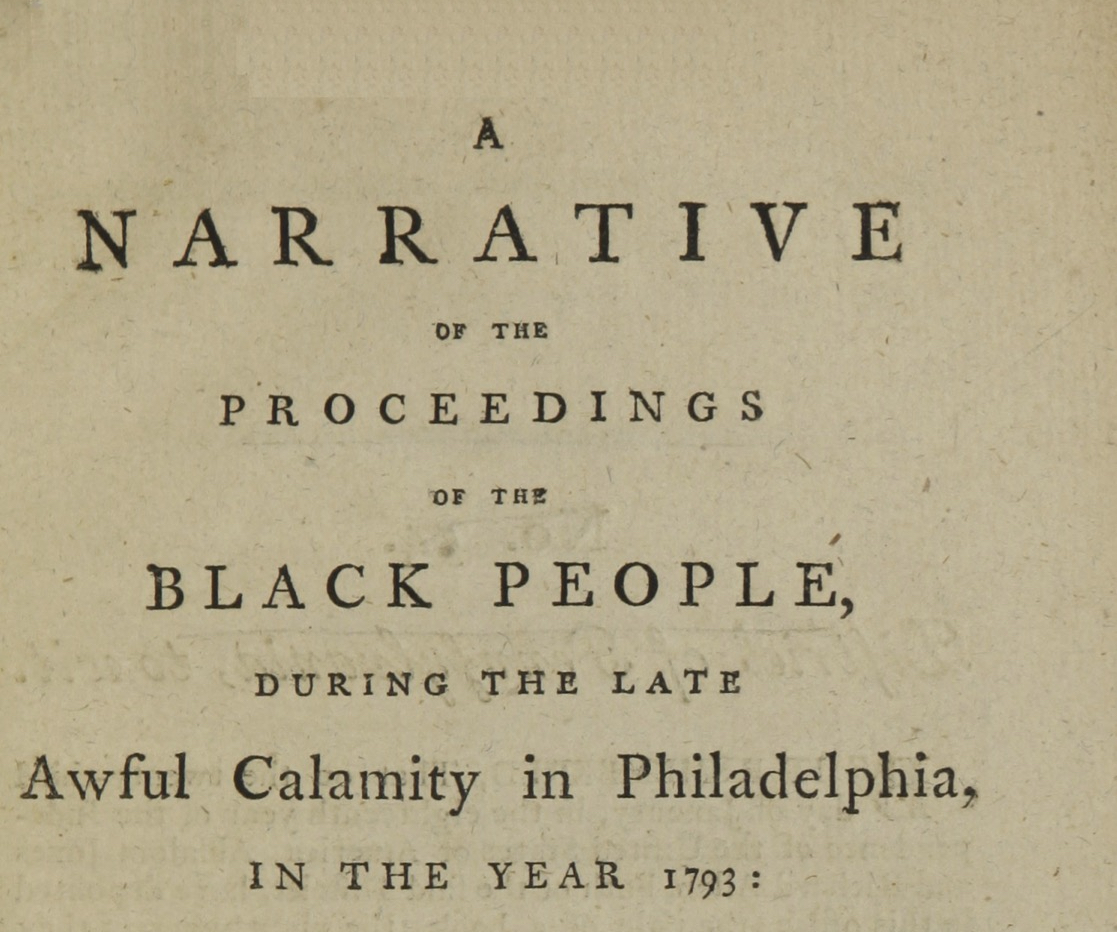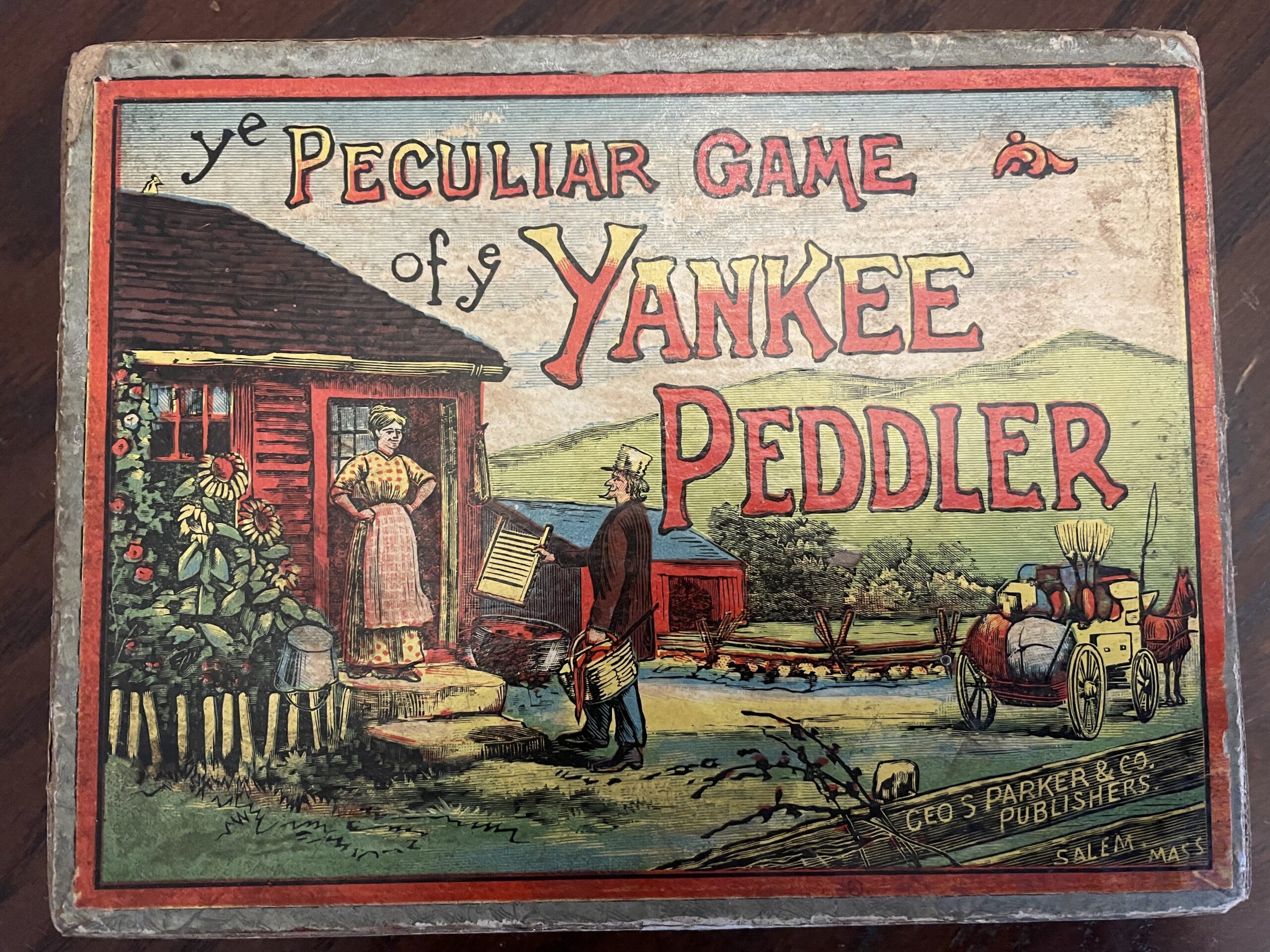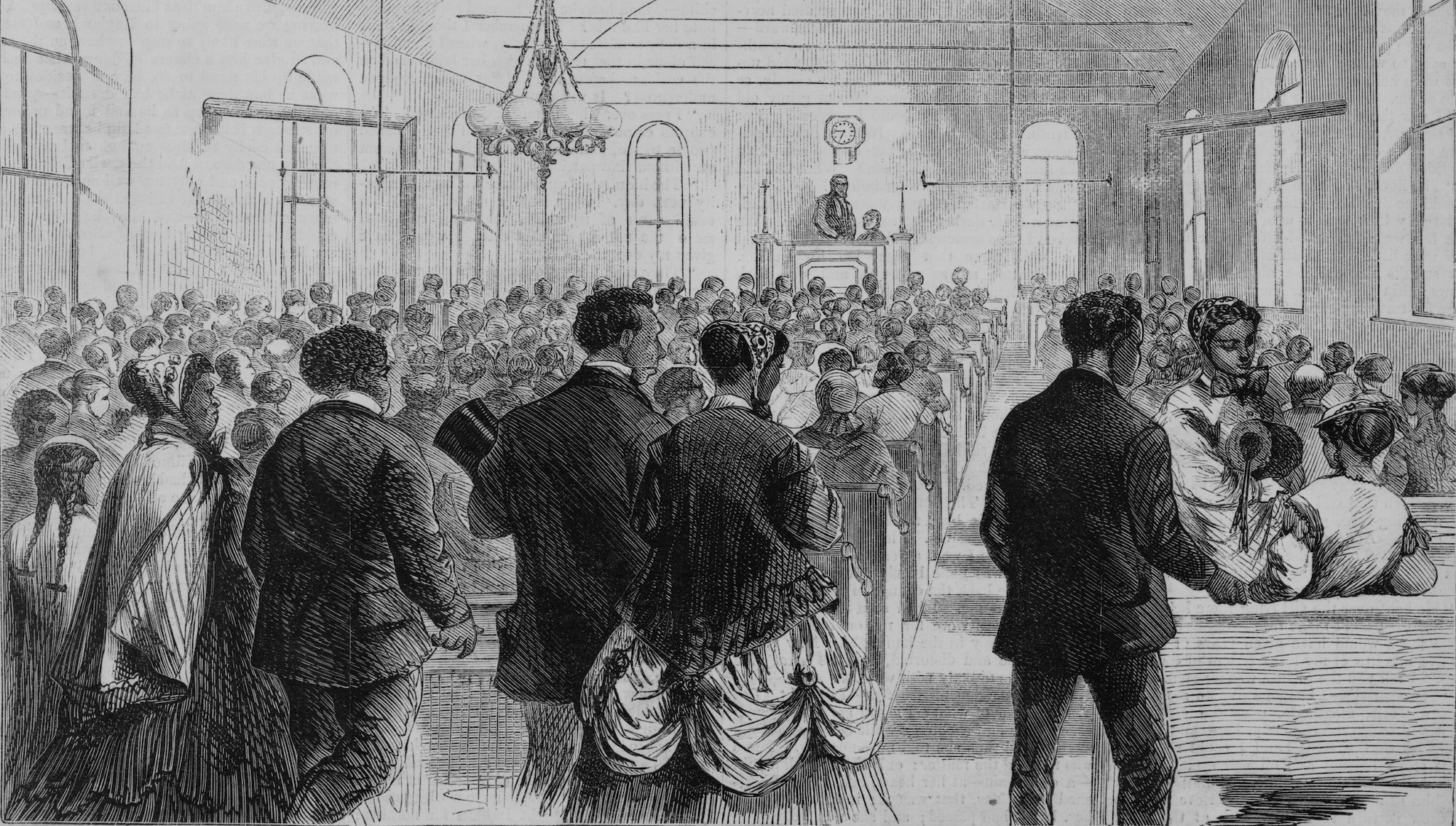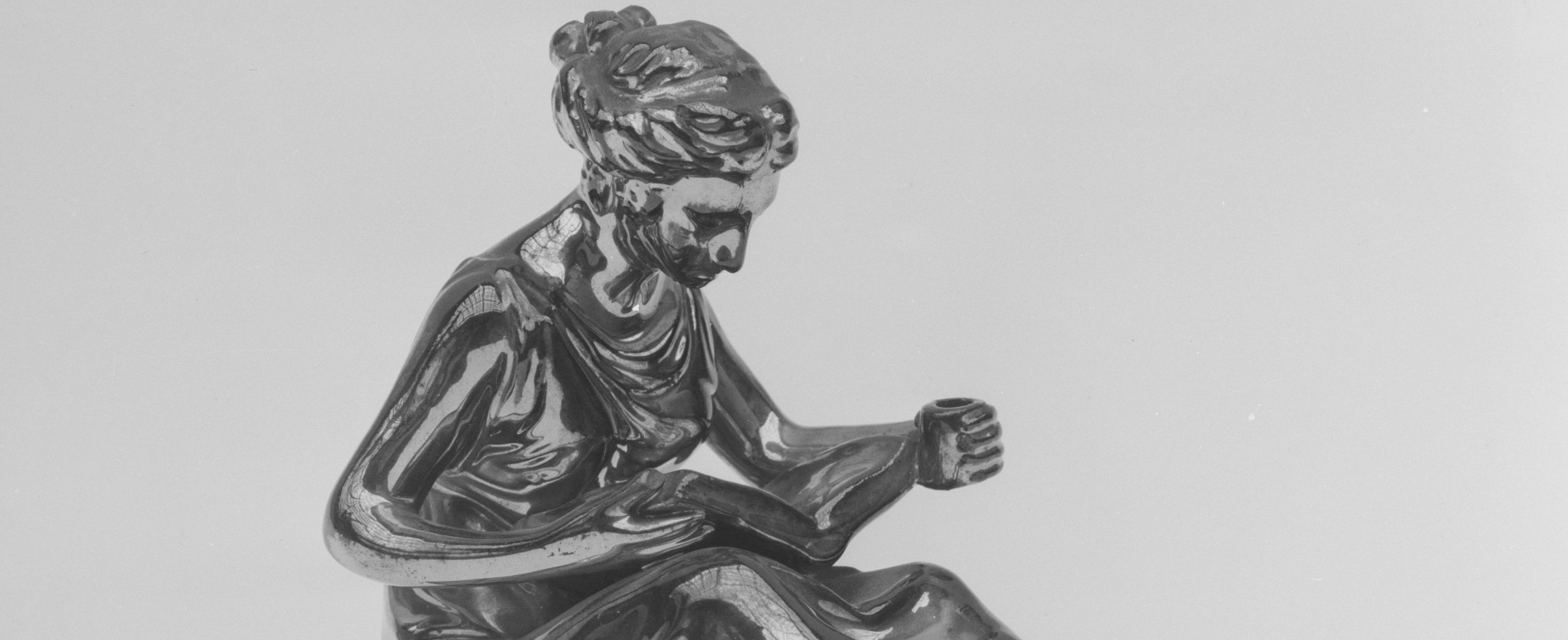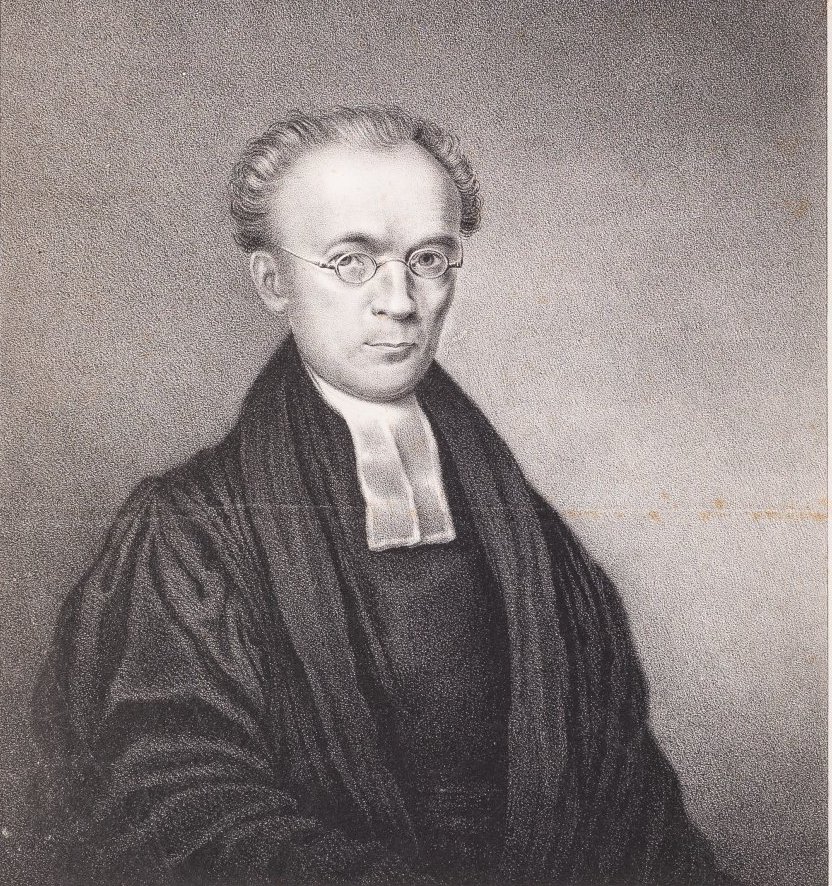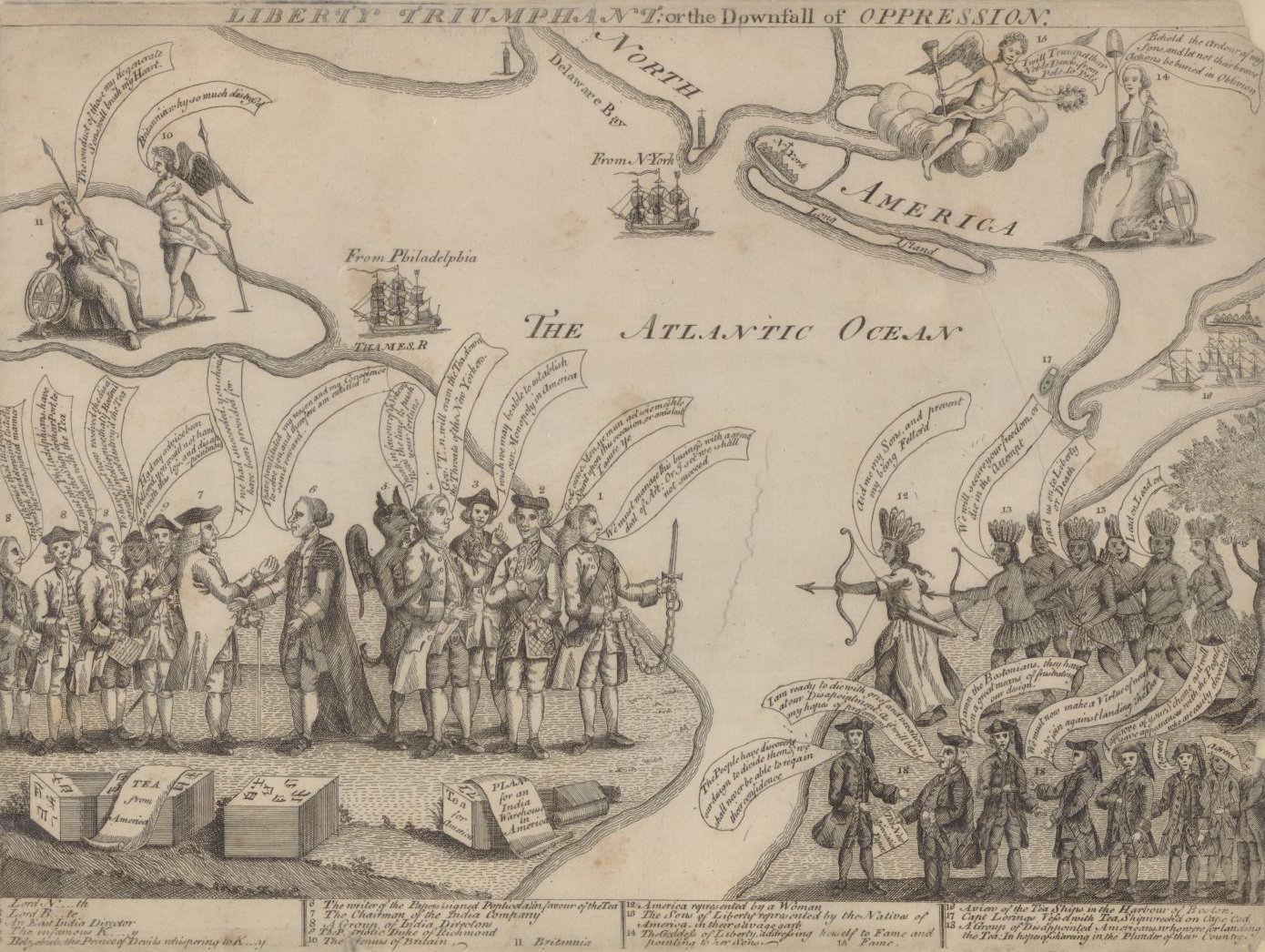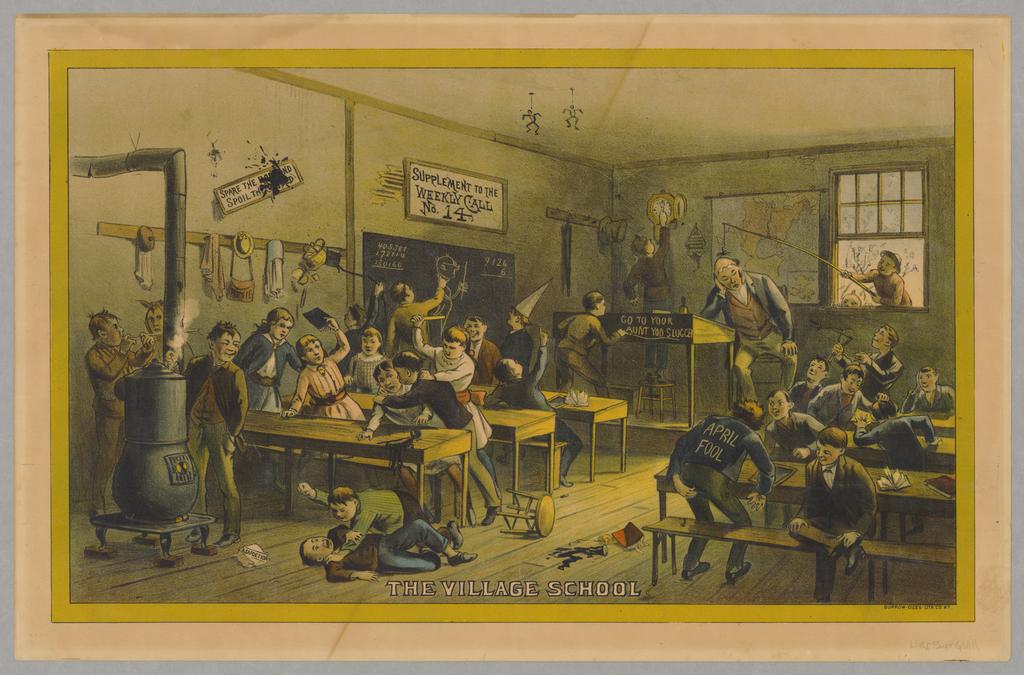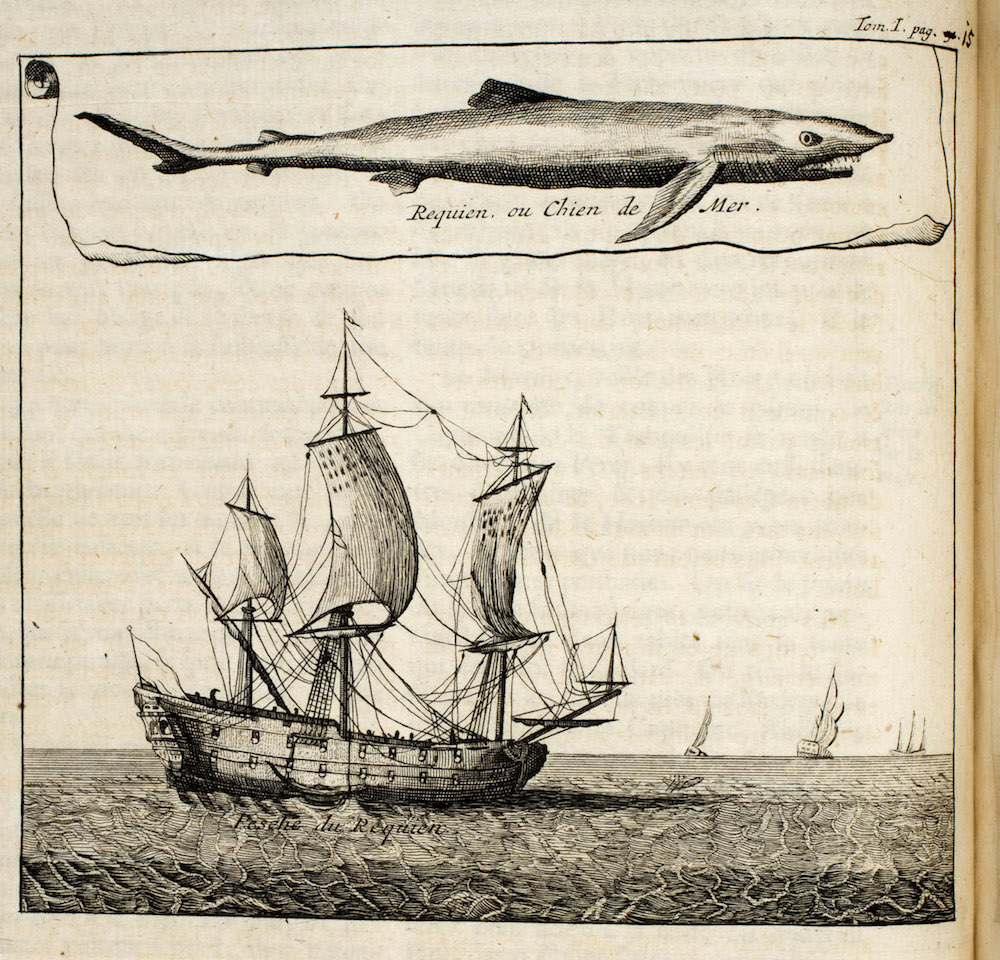Common-place asks Sophie White about her 2012 book Wild Frenchmen and Frenchified Indians: Material Culture and Race in Colonial Louisiana and what it tells us about the role of material culture—especially dress—in the elaboration of discourses about race.
Some important concepts that frame your study are “Frenchification” and “racialization.” How did these function in colonial Louisiana and what was the relationship between them?
This book argues that material culture, especially dress, informed French views of Indians and influenced the development of racial thought in Louisiana. French colonial Louisiana, technically a province of New France, was a vast colony, sparsely populated by colonists and encompassing the central two-thirds of the present-day United States. As a focus of study, it has the advantage of lying at the intersection of two distinct models of French imperialism that were in tension with each other in this period. Upper Louisiana (or Illinois Country) grew out of colonization oriented by missionary activity and the fur trade as first developed in New France. Lower Louisiana would be influenced by the development of slave plantation societies in the Caribbean and was structured by slave codes aimed at Africans. Settlement practices in Upper or Lower Louisiana corresponded to their respective models but with the additional factor that African slavery would be established in Upper Louisiana on a scale never found in New France. Each model determined how the French interacted with indigenous populations, with implications for our interpretation of the trajectory of French racial thinking toward Indians in the two areas, and beyond.

What is particularly intriguing in French America is that the process of racialization needs to be contextualized in terms of an official policy known as “la françisation,” or Frenchification. First promoted in New France in the second quarter of the seventeenth century, this policy was intended to turn Indian converts into Frenchified convert subjects of the king—not only Catholic but also linguistically, culturally, and legally French. Based on the principle of Indians’ potential for transmutation, Frenchification theories were clearly premised on the malleability rather than the fixedness of Indians’ identity. By the latter years of the seventeenth century, having failed to achieve substantial or lasting conversion and assimilation of Indians in New France, the Crown virtually admitted defeat in its Frenchification project, one that had become almost exclusively centered on the promotion of legally binding Catholic marriages between French men and Indian women (for example, through the provision of dowries for Frenchified Indian women converts to marry French men).
Yet, it was at this precise point that missionaries and officials working “on the ground” in the Illinois Country finally claimed some success in actually turning Indians into French by virtue of conversion and, beginning in 1694, Catholic intermarriage. The women who entered into these marriages were described as “whiter” than the Indian women of Lower Louisiana, as well as “more hardworking, more adroit, better suited to housekeeping, and sweeter.” In 1699 one missionary would write about such women, “married to some of our Frenchmen, who would be a good example to the best regulated households in France.” Twenty years later attention was drawn to “many French inhabitants who are married to Indian women, even the most important [French] inhabitants, and they live very well together,” while as late as 1732, another missionary claimed that “there was no difference between a Christian Indian and a White,” and that legitimate children born to intermarried parents in the Illinois Country “behave like true Frenchmen.” These Catholic intermarriages were legally binding. I argue that this is why the way that Indian and half-Indian women were perceived became a key factor in debates about the merits of sanctioning intermarriage and métissage, and ultimately, in discourses about identity and race that transcended the Illinois Country.
The Illinois Country was clearly deemed relevant to broader questions about colonization, intermarriage, and the social order in French America as a whole. But were comments in support of intermarriage merely rhetorical or did some colonists in fact come to believe that the manner of living of Frenchified Indiansdid determine whether or not they were “true Frenchmen”? It is really only when we turn to the material culture evidence from these intermarried households that we can understand local colonists’ claims that Indian women in the Illinois Country had achieved Frenchness. Probate records of French-Indian households reveal that lodgings and outbuildings were built colonial-style, especially after 1719 when the French segregated their settlements from Indian ones. In these colonial villages, wheat cultivation began to overtake fur trading activities, and farming was done according to French methods using French equipment and tools. The dwellings were furnished with French-style furniture, textiles, cookware, and household goods, some of which, like armchairs, coffee pots and crystal glassware, hinted at a degree of refinement. As for the appearance of Indian wives and daughters of Frenchmen, extant records show that there was no visual differentiation between their wardrobe contents and those of French women settled in the Illinois Country: they all wore gowns or jackets and petticoats, over shifts and jumps/corsets, their hair invariably covered. I propose that the manner of living of these Frenchified Indian wives is important, for it allows us to resolve thorny questions about the chronology of racialization in French America; namely, that their material culture affected whether colonists hung on to older views (crystallized in the policy of Frenchification) of identity as mutable and of Indians as being capable of becoming French, or whether they subscribed to new models that defined a fixed and inborn racial identity for Indians.
In other words, my book necessarily recognizes the complex geopolitical factors that paved the way for racialism. But it introduces another influence, and one that is particularly relevant to understanding the shifting contours of racialization at the local and colonial levels: that of material culture. While bodily markers such as skin color were seen as permanent and binding for Africans from the onset of colonization in Louisiana, other official and religious authorities in the colony—those with first-hand exposure to “Frenchified” Indians in the Illinois Country—continued to assert the potential for the identity of Indian converts to be manipulated. My analysis shows that Indians’ external manifestations of religion and culture were central to this debate. Material culture interfered with the seemingly inexorable rise of racialism in Louisiana, creating its own chronology, and highlighting the uneven development and fractured character of the process of racialization in North America.
Would you talk a little about your approach to material culture generally (and cross-cultural dressing in particular) as well as the function of it in Wild Frenchmen and Frenchified Indians? Why do you consider it an essential source relative to (or in relationship with) more conventional “textual” or documentary evidence?
This project began as a material culture study centered on dress, an approach that is especially valuable in illuminating the lives of the non-literate. Material culture is in many ways democratic since it is deployed by everyone using the objects available to them. And as I deepened my engagement with the sources, I realized that material culture was in fact key to understanding patterns of conversion and intermarriage in Louisiana, and that it was central to the way that French and Indians conceived of each other, including, for the French, how they explained skin color.
As a subgenre of material culture, cloth, clothing, and items of adornment had economic value: they were the major categories of commodities imported into the American colonies from Europe and Asia, and far outnumbered metal implements, tools, and guns in French-Indian trade. But beyond this real economic value, dress has the potential to help unpack the meanings and significance of cross-cultural exchanges and encounters.
My book uses an interdisciplinary approach and deploys archaeological and visual evidence, but my study rests in particular on archival sources including legal records, probate documents, court records, and criminal investigations; religious correspondence, parish registers, missionary and monastic records; official and personal correspondence, published and unpublished travel and missionary accounts; mercantile papers and informal records of business activities. My approach to this archival material is indebted to the existing literature on dress in cross-cultural contexts. It is also a qualitative approach that recognizes the variability of connotations (symbolic, aesthetic, economic, spiritual) attached to the same material objects by diverse individuals or groups of individuals. And in order to grasp these meanings, we need to keep in mind that there is more to textiles and adornment than generic categories of goods. I am therefore particularly interested in attending to the actual objects adopted in the course of cultural cross-dressing.
The problem that we are faced with is the fact that organic materials such as those used in dress, furnishings, and furniture deteriorate fast and rarely survive. But even where material culture evidence is not available, we can draw on knowledge of seventeenth- and eighteenth-century dress to interpret the physical characteristics of clothing and textiles referenced in written sources. Whether their tactile and visual qualities, their three-dimensional embodiment based on weave, cut, and construction methods, their cost and quality based on workmanship and materials—all of these nitty-gritty details mattered in face-to-face encounters, and we need to pay attention to them. My emphasis on the materiality of clothing also requires due regard for temporal and spatial factors. I think it is essential to pay close attention to the environment in which specific items of dress were worn precisely because of the protean nature of dress and the varied meanings that the same object can have for different users. For example, for a member of the French nobility, wearing Indian garb while traversing the hinterlands had a functional justification that did not carry over to an urbanized colonial space like New Orleans. For an Indian woman, wearing a French-style gown was a defining act when the woman in question was an Illinois convert to Catholicism, sacramentally married to a French husband and living within a French colonial village on a French-built property complete with a mulberry picket fence.
But this kind of evidence seems to get us into some difficulty when dealing with the impact of colonization on indigenous populations, because the trend among historians has been to be wary of evidence of assimilation, focusing instead on recovering instances of cultural retention. One of my interventions is to probe our rather fixed views of what constitutes cultural retention. So, rather than interpreting the Illinois convert’s Frenchified appearance as an example of assimilation into the hegemonic colonial and religious order, I argue that it should be seen as a sophisticated response to the arrival of the French, one that in fact demonstrates thepersistence of Illinois belief systems. First because Illinois Indians had a history of openness to new cross-cultural exchanges and alliances that did not begin with the incursion of the French in North America, and because marital alliances between Illinois women and French men were extensions of pre-existing practices. Second, we need to explore what it meant for Indian women to marry out and live with Frenchmen, and how that experience might resonate with indigenous rituals (for example captive adoption rituals) that deployed material culture, especially dress, to achieve metamorphosis into a new identity. By showing how Indian women in the Illinois Country lived with French possessions, inhabited them, and used them as a part of their daily activities, we can grasp the nonverbal ways in which these women channeled objects to convey their identity and to define community. So, my analysis seeks to reveal less obvious ways of using objects to retain aspects of tribal culture, complicating the debate about assimilation and persistence, change and continuity.
What difference does attention to gender make in your analysis, particularly with respect to religion and marriage practices?
Colonization itself was gendered, so it was inevitable that gender would be absolutely critical to my analysis, as it has proven to be in other scholars’ work on race, religion, métissageand the fur trade in French America. Where my study differs from those is in emphasizing that the French-Indian marriages typical of the Illinois Country were Catholic marriages. The distinctiveness and uniqueness of these marriages impelled me to re-examine the evidence about the first Catholic intermarriage in the Illinois Country, in 1694, that united one Kaskaskia Indian convert, Marie Rouensa, and a French fur trader and landowner. Doing so led me to unravel the fact that it was Marie Rouensa herself (not the Jesuit missionary who is usually credited with this step and who in fact promoted a celibate marriage that would bear no issue) who insisted that this marriage be a Catholic union and not an Illinois Indian one. Indian women’s agency in establishing this pattern of intermarriage led me to reinterpret how they understood Frenchification, not as the loss of their Kaskaskia identity, but as an extension of indigenous motivations and strategies that were themselves gendered.
The pattern of Catholic intermarriages was itself fundamentally gendered, for it united French males with Indian women. In turn, the daughters born to these unions (beginning with Marie Rouensa’s daughter) became desirable marriage partners for new generations of Frenchmen in the Illinois Country, especially since girls were entitled to a share equal to that of their brothers’ from their parents’ estate according to French customary law, and could therefore provide a valuable entrée into colonial society for newly arrived French bachelors. As I have discussed above, the women’s manner of living was central to the arguments made by proponents of Frenchification and intermarriage, drawing on discourses that hinged on culturally defined gender roles. In Louisiana, questions about the premise of Frenchification coalesced in the experience of one French-Indian girl from the Illinois Country, Marie Turpin, who in 1747 began a journey that would culminate four years later in her becoming an Ursuline nun in New Orleans. Her story crystallizes the tension between the two peripheries of Upper and Lower Louisiana with respect to intermarriage and how the identity of Frenchified Indians was interpreted. One model, bolstered by experiential knowledge of Indian wives and daughters of Frenchmen in the Illinois Country, allowed for the possibility of Frenchification. The other increasingly dominant model was premised on the rigidity and fixedness of racial categories, and imposed limitations on those considered inferior. Marie Turpin’s experience embodied this tension and her story further offers us the opportunity to recover the words and actions of French women in New Orleans—notably nuns—as they responded to her. Brought face to face with evidence of religious, linguistic and cultural Frenchification in the person of Turpin, the nuns chose to see racial difference. They limited this bride of Christ to the lesser rank of a converse (domestic) nun, thus inscribing her status on her clothed body and effectively racializing what were otherwise “appropriate” French performances of femininity.
Marie Turpin’s progression toward becoming a nun took place within the female space of the convent. But her story also brings to light gender dynamics pertaining to masculinity and sexuality. During her weeks-long trip downriver to New Orleans, Marie Turpin was placed in the care of a female chaperone. But the convoy was a predominantly male space, and it was French soldiers and voyageurs who spoke with authority, upon arrival in New Orleans, of the piety and modesty of the “sainted girl who kept her eyes downcast throughout the trip” (thus avoiding the sight of the voyageurs’ semi-clad bodies, dressed in Indian-style travel garb) “and never said an unnecessary word, being always at prayer.” It was the judgment of these male intermediaries between Upper and Lower Louisiana, not that of the female chaperone, that counted when the topic concerned their world. In traveling the Mississippi River and tributaries, or moving across the hinterlands beyond colonial outposts, they, like Marie Turpin, also navigated a shifting panorama of practices and beliefs about identity, and about masculinity. In particular, that these men dressed in Indian garb raised the question of how colonists justified and managed the transgressions implicit in cultural cross-dressing. For there was a corollary to lingering French beliefs in the mutability of identity as epitomized by Frenchification policies. The premise that Indians’ identity was mutable carried the distinct possibility and risk of the reverse: a descent from a cultured to a wild (“sauvage”) state. Where Indians had the potential to be converted and “civilized,” the French could themselves be transformed as a result of their physical presence in the territory they sought to colonize. Though ostensibly gender-neutral, this risk (one that could be managed through dress, as my analysis shows) was seen in practice as pertaining only to French men, reiterating the need to keep gender at the forefront of analyses of colonization and race.
You write that “enslaved Africans serve as a foil in this study.” Can you explain a little what you mean by that?
Wild Frenchmen is centered on French and Indian encounters, but French views of Africans serve as a foil for understanding how Indians were racialized in Louisiana. The presence of Africans inflected every aspect of society. The first slave trade ships arrived from Africa in 1719, the year after New Orleans’s founding. Within twelve years, all but one of the twenty-three slave ships from Africa destined for French colonial Louisiana had arrived. Some Africans were present in Louisiana beginning in 1709, prior to the slave trade to that colony, but only ten were present in 1712, for example (none of them in the Illinois Country, which had not yet been transferred to Louisiana). After 1719, enslaved Africans would quickly become a majority of the colonial population of Lower Louisiana, outnumbering Europeans by four to one in 1731 and by two to one in 1760, and a significant segment of the population of the Illinois Country (25.2 percent in 1726 and 32.2 percent in 1752).
It is when we address the policies of Frenchification that we find the greatest disparities in French views of Indians and Africans. But here too there was a distinction between Upper and Lower Louisiana. In New France, Frenchification policies ebbed and flowed without reference to Africans, since that colony did not develop a significant population of enslaved (or free) Africans. In the Illinois Country, the unique pattern of intermarriage and métissage that evolved there was established without reference to Africans, since it predated their arrival in the area by at least fifteen years. At the same time, the very same missionaries who celebrated French-Indian intermarriages would become some of the largest holders of African slaves; Indian wives and daughters of Frenchmen in the Illinois Country also owned enslaved Africans, who labored alongside enslaved Indians according to French norms regulating the gender division of labor. Conversely, in New Orleans, slave-holding Ursuline nuns formed distinct views of Indian and African girls. Given greater exposure to Africans than Indians, they determined early on that their greatest missionizing zeal would be reserved for Africans, whom they deemed more amenable to conversion, a preference that formed one backdrop for their evaluation of the half-Indian Marie Turpin.
And, where Frenchification policies sought to elevate the status of Indians, the premise underlying the 1685 and 1724 codes noirs (slave codes) was the opposite, seeking to fix the identity and condition of Africans as permanent chattel. Even when freed African slaves were extended the same right as Indians to become “natural subjects,” this right remained legally revocable, so that Africans could never really shed their association with slavery. Yet, the French did plan for Africans in Louisiana to be converted to Catholicism, and they subjected them to degrees of acculturation that in some ways echoes the treatment of Indians. My current book project, Stolen from Africa:Voices of the African Diaspora Within and Beyond the Atlantic World, picks up this thread, placing Africans at the heart of a narrative about verbal and non-verbal expressions within the globalizing world of French colonization.
What do you think are the larger implications of either your approach or your findings, especially as they pertain to scholars’ conception of borderlands?
My approach highlights the importance of non-verbal expressions as a source for writing history, not least in proposing a methodology for re-thinking the history of the non-literate. I hope in particular to show how paying attention to objects complicates our often inflexible views of acculturation and persistence. Adopting another group’s material culture, and learning how to use and display it, was not only reactive or even emulative. It was also often proactive, confounding binary assumptions that reduce cross-cultural exchanges to questions of tradition or change, appropriation or persistence, authenticity or corruption. This point is especially important in terms of borderlands scholarship that rests on the analysis of subtle interactions and negotiations over people, places, and things. My hope is that this volume opens up new avenues for the interpretation of colonial projects, and the cultural and material exchanges that were fundamental to the establishment of these. So, while the book is the study of one region, its broader aim is to suggest that objects can profitably take center stage in the investigation of colonial societies and borderlands.
Sophie White is associate professor of American Studies at the University of Notre Dame. The author of Wild Frenchmen and Frenchified Indians: Material Culture and Race in Colonial Louisiana (2012), for which she was awarded an NEH fellowship, she has also published numerous articles on slavery, gender, violence, dress, and culture. Her current book project engages with the global dimensions of slavery, probing the interplay of enslaved Africans’ verbal and non-verbal expressions in Atlantic and Indian Ocean colonies.




